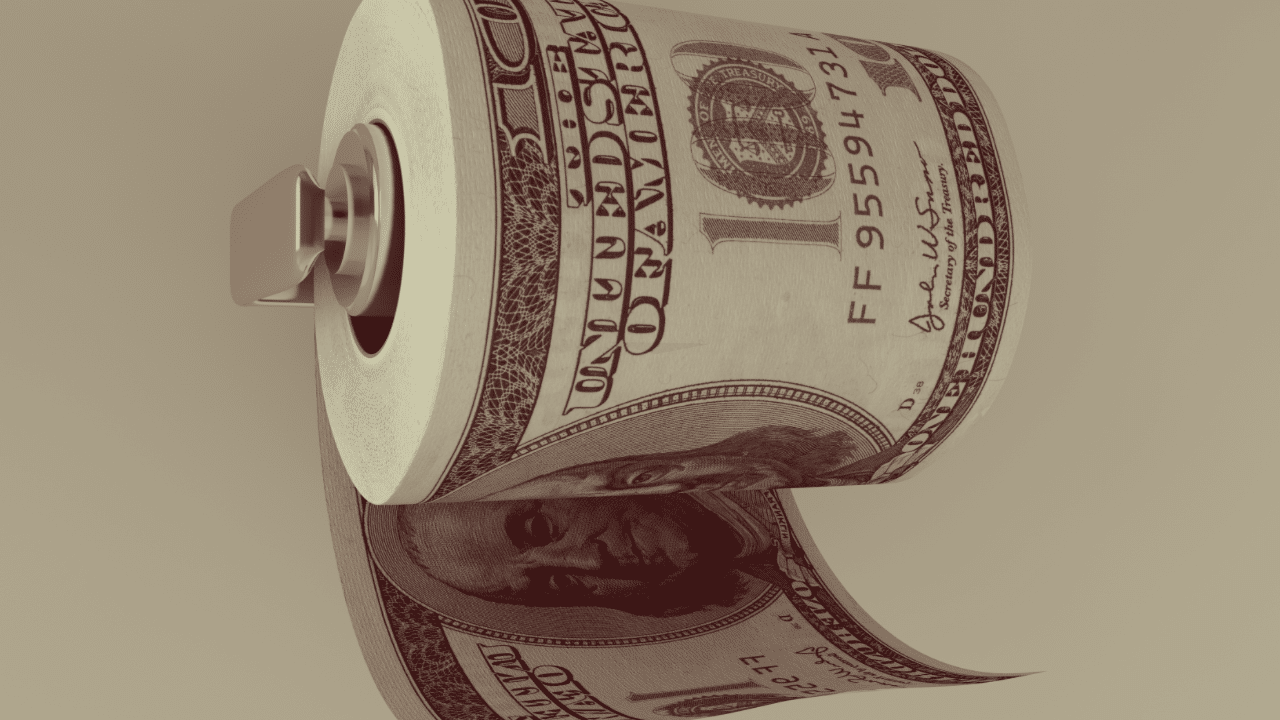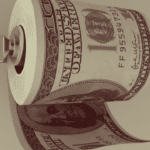Tenth Amendment Center: Fed Shifts Inflation Policy to Steal More of Your Wealth


The Federal Reserve has doubled down on its policy of devaluing your money.
During a speech in Jackson Hole last week, Federal Reserve Chairman Jerome Powell announced a shift in the central bank’s inflation policy.
In the past, the central bank has targeted a 2 percent inflation rate as measured by CPI. Now it will follow a policy of “average inflation targeting.” In effect, the Fed will allow the CPI to run “moderately” over 2 percent “for some time” to balance out periods where it runs under that level.
“Many find it counterintuitive that the Fed would want to push up inflation. However, inflation that is persistently too low can pose serious risks to the economy,” Powell said during prepared remarks at the summit.
The notion that falling prices are bad for the economy is ridiculous to begin with and is nothing more than Keynesian claptrap. But when you define inflation correctly – as an expansion of the money supply – it is anything but “too low.” In fact, it is at the highest level in history. But based on the consumer price index (CPI), “inflation” has been well below 2 percent for many years. In effect, this new policy means that the Fed will likely hold interest rates at zero for a significant amount of time – probably years – even if (when) CPI runs above 2 percent.
Fed inflation policy has evolved over time to allow for an ever-increasing devaluation of the dollar. The natural tendency in a healthy economy is for prices to decline. So originally, the Fed’s goal was “price stability. Early on, the central bank simply tried to keep prices from rising or falling. Eventually, it shifted to a 2 percent ceiling. It didn’t want rising prices, but it would tolerate them as long as they stayed below 2 percent. But eventually, 2 percent shifted from the ceiling to the target. And now the Fed has moved the goalposts once again with its 2 percent average.
The question is why does the Fed want inflation to begin with? Why does it think that falling or even stable prices “pose serious risks to the economy?”
Because without money printing (true inflation) and the accompanying price inflation, the U.S. government cannot borrow and spend to excess. The Fed is the engine that powers the biggest, most powerful government in the world.
The federal government could never get away with spending trillions every year on the welfare and warfare state if it had to directly tax Americans to pay for it. Instead, it pays for its profligacy through a hidden tax – inflation. It devalues the dollar and keeps interest rates artificially low to enable government borrowing.
The Fed doesn’t literally run off dollar bills in the basement of the Eccles Building. In practice, the Fed monetizes U.S. debt through the purchase of Treasury bonds on the open market with money it creates out of thin air. This creates artificial demand for U.S. bonds and holds interest rates artificially low. The Fed monetized trillions in debt after the 2008 financial crisis and held interest rates at zero for 7 years.
But the Fed has backed itself into a corner with its loose monetary policy. It can’t fight inflation. That requires rising interest rates. When former Federal Reserve Chair Paul Volker defeated stagflation that ran rampant in the 1970s, he allowed interest rates to rise to 20 percent. Given the amount of debt in the economy today – both government and private – a 20 percent interest rate would collapse the economy. In fact, the Fed couldn’t push rates above 2.5 percent after the Great Recession before the stock market crashed and the central bank pivoted back to rate cuts and money printing.
Since it can’t realistically fight inflation, the Federal Reserve has to keep redefining its inflation policy to justify rising consumer prices. It’s not because it’s “good for the economy.” It’s because it can’t let interest rates rise without popping the economic bubble. It can’t keep inflation constrained while maintaining the monetary policy necessary to sustain government spending. So, it simply moves the goalposts in order to justify continuing its money-printing and artificially low interest rate policies without having to explain why inflation is running hot.
Meanwhile, your purchasing power continues to diminish, the value of your savings dwindles, and the dollar flutters ever-closer to the edge of a cliff.
Because this can’t go on forever. At some point, the Fed will completely lose control of inflation. Now that the genie is out of the bottle, she’s not going back inside. Money printing can only go so long before inflation starts to run out of control. If the central bank still fails to act, it runs the risk of hyperinflation.
Many people believe the U.S. can escape hyperinflation because the dollar enjoys special status as the world reserve currency. That certainly makes it easier for the Fed to print with abandon. But there is no guarantee the dollar will always remain at the top of the monetary pile. In fact, Goldman Sachs recently warned the dollar could be in danger of losing its reserve status.
“Combined with a record level of debt accumulation by the US government, real concerns around the longevity of the U.S. dollar as a reserve currency have started to emerge.”
Eventually, economics always wins.
Even without hyperinflation, the constant devaluation of the dollar erodes the average person’s wealth. And the money-printing enables the government to continue growing. If you really want to limit the government, it’s imperative to end the Fed.
Mike Maharrey
August 31, 2020 at 04:13PM
